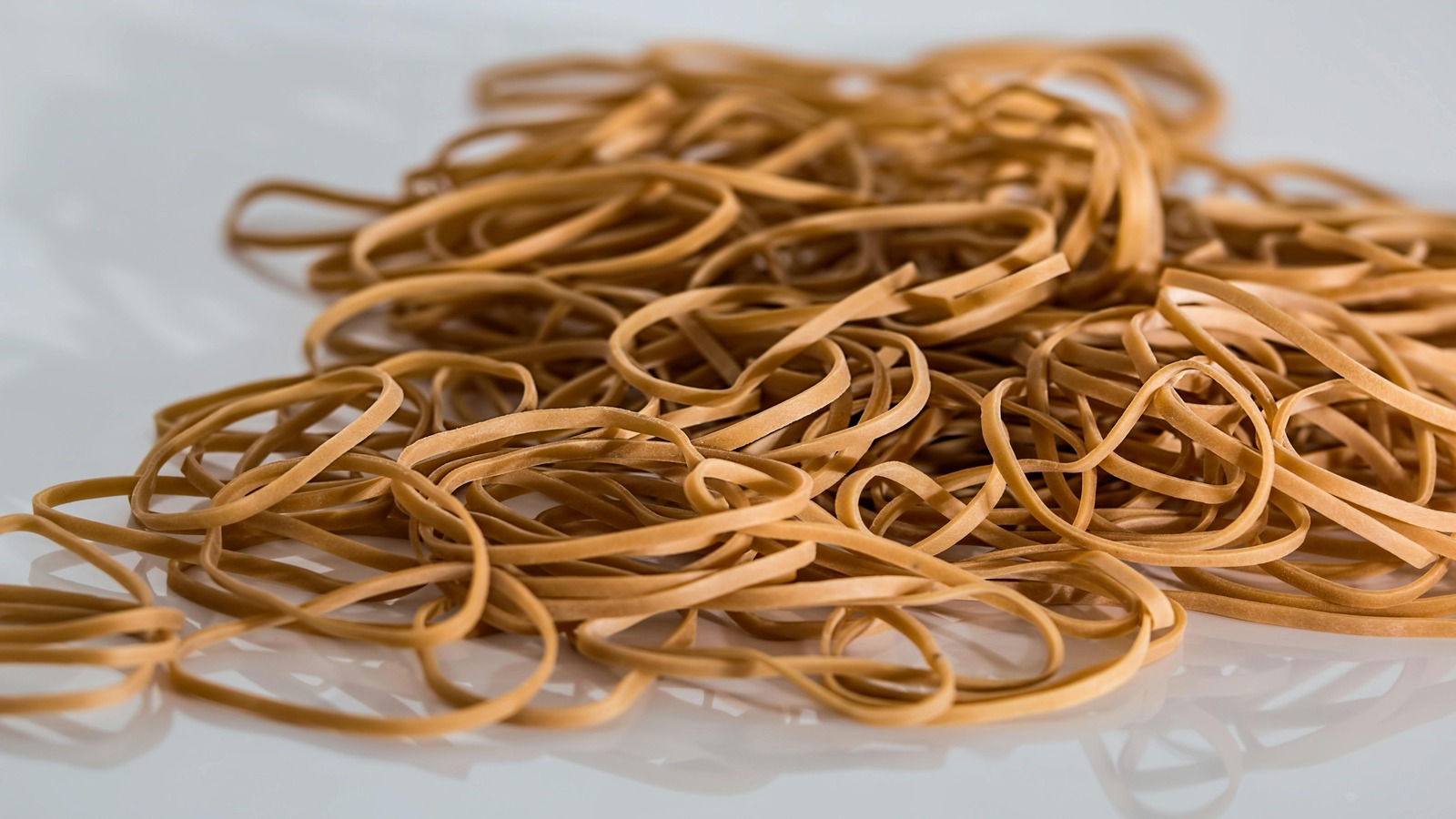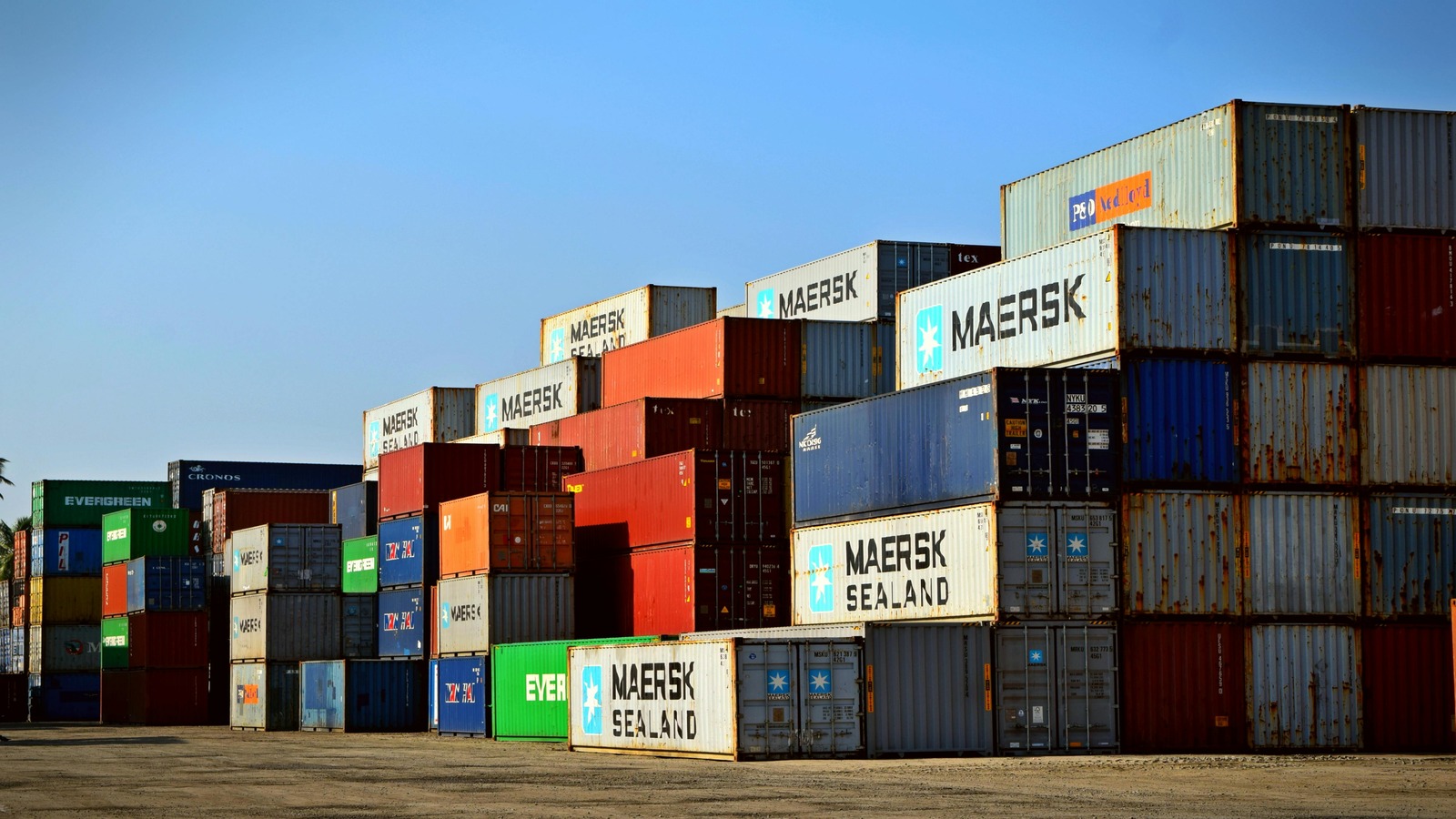Silica plays a critical role in the rubber industry in Malaysia, significantly improving product performance and durability. Used as a reinforcing filler, silica enhances the mechanical properties of rubber, making it indispensable in various applications such as tires, footwear, and industrial components.
However, the demand for silica is steadily rising, and understanding its supply dynamics is vital for manufacturers seeking consistency and quality in their products.

Benefits of Silica in Rubber Products
As a rubber reinforcing filler, Silica has become a vital ingredient due to its unique properties, which enhance performance across various applications. One of its most notable benefits is improved durability. Industrial silica supply demonstrates superior resistance to wear and tear, making it ideal for products subjected to continuous stress, such as tires, conveyor belts, and industrial components. This durability not only enhances product reliability but also extends its lifespan, reducing the need for frequent replacements and lowering overall costs for consumers and manufacturers.
Another significant advantage of silica is its role in enhancing fuel efficiency, particularly in automotive tires. Silica reduces rolling resistance, allowing vehicles to consume less energy while in motion. This efficiency translates to reduced fuel consumption, offering both economic and environmental benefits by lowering CO₂ emissions. For this reason, silica-reinforced tires are a key component in the push for greener transportation solutions, especially as governments and industries strive to meet sustainability goals.

Safety is another area where silica excels. Its ability to improve wet traction makes it indispensable in the automotive industry. By increasing grip on slippery or wet roads, silica-enhanced rubber significantly reduces the risk of accidents, ensuring safer driving conditions for consumers. This attribute has made silica a preferred material for high-performance and safety-focused tire designs.
Silica Supply for the Rubber Industry
1) Global Demand and Key Producers
The rubber industry is experiencing a surge in demand for silica, driven by global trends emphasizing sustainability, fuel efficiency, and enhanced product performance. Silica’s role in manufacturing high-performance tires, particularly for fuel-efficient and electric vehicles, has made it an indispensable raw material.
Major silica producers, including the United States, China, and Europe, hold a dominant share of the market. Their advanced manufacturing capabilities and established supply chains contribute to meeting the industrial demand. However, even with robust production capacities, regional supply constraints and the rapid rise in demand pose challenges. Industries must carefully navigate fluctuations in raw material availability and ensure consistent quality to avoid production disruptions.
2) Logistics and Challenges
The supply chain for silica is intricate and heavily influenced by transportation and storage requirements. Since maintaining the material’s quality is critical, suppliers and manufacturers must adhere to stringent handling protocols. Contamination, improper storage conditions, or mishandling can compromise silica’s effectiveness, affecting its performance in rubber applications.

Additionally, rising transportation costs, driven by fuel price volatility and global trade complexities, add financial pressure. Environmental regulations surrounding the transportation and processing of silica further complicate logistics, requiring compliance with stringent guidelines. Collaborations between manufacturers and suppliers are becoming essential to address these challenges, enabling innovative solutions for efficient and reliable supply chains.
2) Sustainability and Innovation in Supply
With growing concerns about environmental impact, the silica supply chain is transforming. Companies are investing in research and development to explore sustainable production methods. Among the promising advancements is the production of bio-based silica, derived from renewable sources such as agricultural waste or other bio-materials.
These innovations not only reduce the industry’s carbon footprint but also provide an alternative to traditional silica production methods, which are resource-intensive. By incorporating such sustainable practices, the rubber industry is paving the way for a resilient and environmentally friendly future, ensuring a reliable silica supply while adhering to global sustainability goals.

Silica’s Role in Driving Innovation and Sustainability: Aligning with Ample Worldwide’s Strategic Vision
Silica’s pivotal role in the rubber industry aligns seamlessly with Ample Worldwide’s strategic priorities, underscoring the importance of innovation, adaptability, and global vision. The industry mirrors Ample Worldwide’s commitment to outperforming competitors through excellence and forward-thinking practices. Ample Worldwide strives to position itself as a global leader in brands and technologies. Ensuring a consistent, reliable supply of silica across regions reflects the global integration necessary for both the rubber industry and Ample Worldwide to thrive in an interconnected market. Additionally, by streamlining logistics and embracing eco-friendly production methods, the silica supply chain enhances efficiency and aligns with modern environmental standards, creating a model of simplicity that reduces complexity while maintaining high performance.
Lastly, by embracing sustainability and cutting-edge technologies, the rubber industry inspires stakeholders with solutions that not only meet current demands but also pave the way for a sustainable, innovation-driven future—mirroring Ample Worldwide’s aim to inspire progress and achieve its long-term global vision. In essence, silica’s transformative impact on the rubber industry reflects and reinforces Ample Worldwide’s strategic priorities, demonstrating how a clear, values-driven approach can achieve excellence, global integration, and long-term growth.


